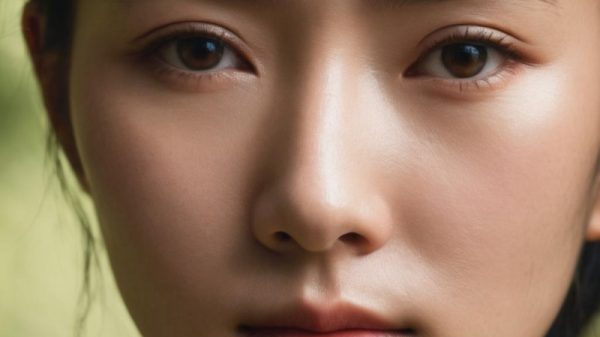In the world of beauty and skincare, innovation is a constant companion, pushing the boundaries of how we understand and care for our skin. One remarkable advancement that’s reshaping the industry is facial mapping. This cutting-edge technology isn’t just about aesthetics; it’s a science-driven approach that’s revolutionizing how we tailor skincare treatments to individual needs. Join us as we explore the fascinating world of facial mapping and its transformative impact on the beauty industry.
Understanding Facial Mapping:
Facial mapping, also known as skin analysis or complexion analysis, is a sophisticated process that involves using technology to examine the skin’s surface. It’s not just about identifying blemishes or imperfections; it’s a comprehensive assessment that delves into the skin’s texture, tone, hydration levels, and underlying issues. The data gathered from facial mapping guides professionals in creating personalized skincare regimens that address specific concerns and optimize skin health.
The Science Behind Facial Mapping:
Facial mapping technology employs various tools, such as cameras, sensors, and software algorithms, to capture high-resolution images of the skin. These images are then analyzed to assess factors like pigmentation, wrinkles, pore size, oiliness, and hydration. The information obtained is used to determine the skin’s current condition, potential problem areas, and areas that need specialized attention.
Benefits of Facial Mapping in the Beauty Industry:
- Personalized Skincare: Facial mapping enables beauty professionals to create tailored skincare plans that target specific issues, ensuring more effective and efficient results.
- Precision Treatments: With detailed insights from facial mapping, professionals can select products and treatments that are precise and compatible with an individual’s skin type and needs.
- Early Detection: Facial mapping can identify early signs of skin issues, allowing for timely intervention and prevention of more significant problems.
- Objective Analysis: Facial mapping provides an objective assessment of the skin’s condition, helping professionals and clients set realistic goals and track progress over time.
- Client Education: The visual representation of skin concerns helps clients better understand their skin’s needs and motivates them to actively participate in their skincare journey.
- Long-Term Strategy: By addressing specific concerns and designing targeted treatments, facial mapping contributes to a long-term strategy for maintaining healthy and radiant skin.
Application of Facial Mapping:
- Skincare Consultations: Professionals use facial mapping to conduct in-depth consultations, offering a comprehensive overview of the client’s skin condition and recommending appropriate products and treatments.
- Treatment Planning: Facial mapping guides the selection of treatments like chemical peels, microdermabrasion, and laser therapy, ensuring they’re tailored to individual needs.
- Product Recommendations: Based on the data from facial mapping, professionals recommend skincare products with ingredients that address specific concerns, promoting better results.
- Progress Tracking: Regular facial mapping sessions allow clients to track the progress of their skincare journey and make adjustments as needed.
The Future of Beauty:
Facial mapping represents a paradigm shift in the beauty industry. It’s a testament to the marriage of science and aesthetics, offering a data-driven approach to skincare that’s both personalized and effective. As technology continues to advance, facial mapping holds the promise of refining our understanding of skin health and guiding us toward healthier, more radiant complexions. With its ability to unlock the full potential of personalized skincare, facial mapping is indeed a transformative force in the ever-evolving world of beauty.











